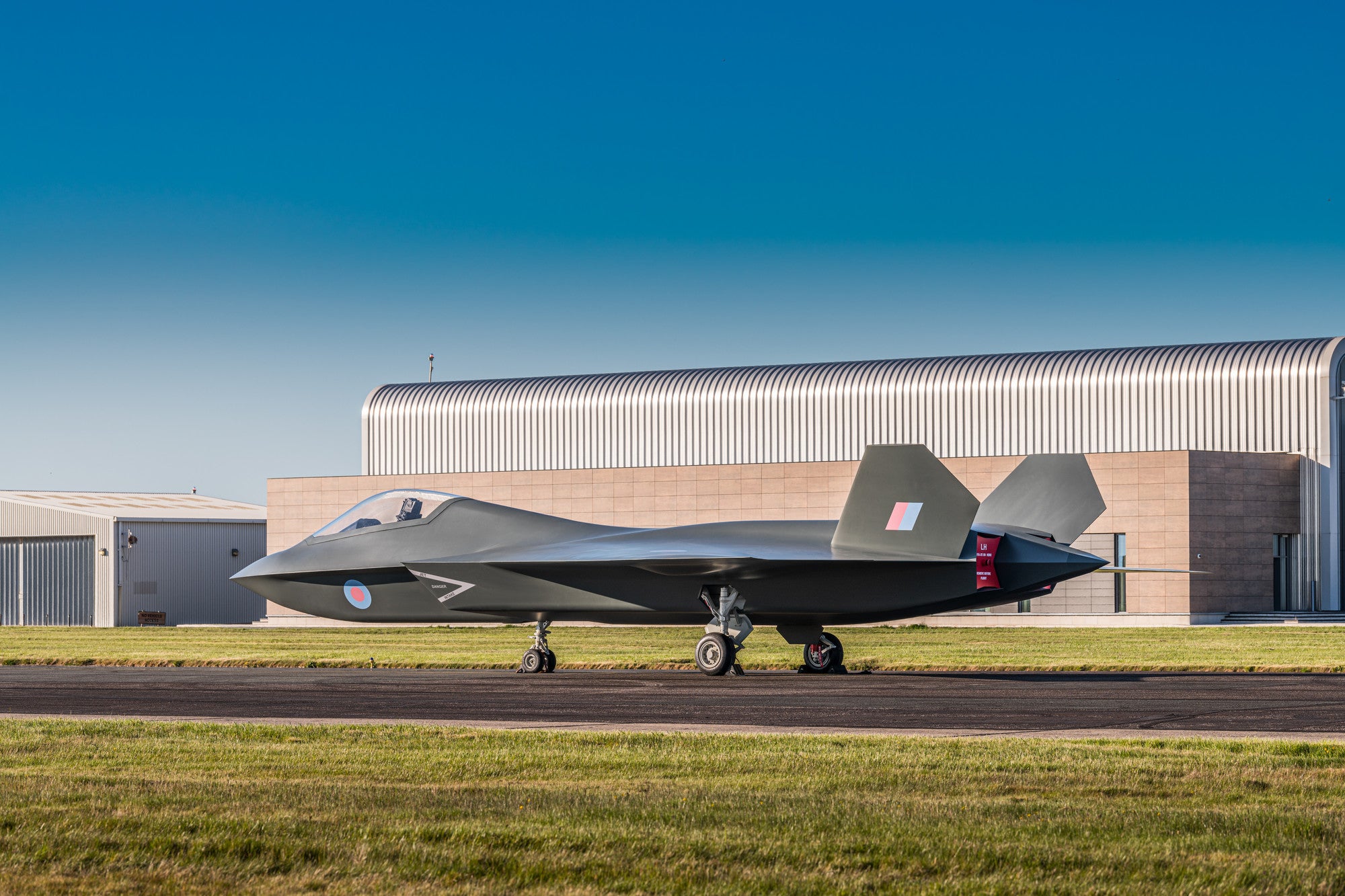
Tempest Future Fighter Worth £25bn to UK Economy
Team Tempest is a partnership between BAE Systems, Leonardo, Rolls-Royce, MBDA and the Royal Air Force’s (RAF) Rapid Capabilities Office, as well as a host of small-medium enterprises and academia.
Preliminary findings from the PwC report due to published in full later this year said that the programme including ‘R&D spillover’ would add £25.3bn to the UK economy for the first 30 years of the programme and ‘support an average of circa 20,000 jobs every year between 2026 and 2050’.
The findings added that for every 100 people directly employed by Team Tempest, a further 270 would be employed across the UK.
BAE Systems director combat air acquisition programme Michael Christie said: “Tempest is an exciting and ambitious multi-decade programme that will help to preserve our national security whilst at the same time driving significant economic benefits for the UK.
“The initial analysis revealed today demonstrates that Tempest is critical to ensuring the UK can sustain its world-leading Combat Air Sector, preserving the sovereign capability that is essential to retaining military freedom of action for the UK.”
 Image: Leonardo.
Image: Leonardo.

US Tariffs are shifting - will you react or anticipate?
Don’t let policy changes catch you off guard. Stay proactive with real-time data and expert analysis.
By GlobalDataProgramme is essential for national security and future prosperity
The economic benefits of the programme come alongside the release of more technical details about the future fighter by Team Tempest, which the consortium said can “capture the equivalent of a ‘city’s worth of data’ in a second”.
Tempest is expected to come into service in the mid-2030s and is set to replace the Eurofighter Typhoon within the RAF. The aircraft is set to form part of a broader combat air system that will likely include ‘wingman’ uncrewed aerial systems (UAS).
ADS chief executive Paul Everitt added: “The Tempest programme is essential for our national security and future prosperity. The high-value design and groundbreaking engineering skills required for success will create a new generation of talent to drive UK industry.
“Defence programmes like Tempest offer an invaluable opportunity to secure a recovery from the current Covid-19 crisis. It will embed high-value design and manufacturing skills in the UK for decades to come, sustain thousands of high paying jobs and give apprentices the opportunity to build their career in an iconic programme with massive export potential.”
 Virtual cockpit assistant. Image: BAE Systems.
Virtual cockpit assistant. Image: BAE Systems.
Capture a city’s worth of data in a second
Team Tempest today also unveiled several insights into the programme including that Leonardo, the programme’s electronics lead, was developing new radar systems capable of providing over 10,000 times more data than existing systems.
Leonardo director of major air programmes Iain Bancroft said: “The collaborative relationship between Team Tempest and our network of academic and SME partners enables us to bring together the ‘best of the best’ engineering talent from across the UK. Crucially, we are embracing new ways of working as an integrated team to dramatically improve efficiency and pace – sharing intelligence and refining our concepts digitally to deliver innovations that will shape the next generation combat air system.
“Our new radar technology is a concrete example of the gains this approach has already brought, costing 25% less to develop while providing over 10,000 times more data than existing systems.”
The ‘Multi-Function Radio Frequency System’ is slated as being able to collect data ‘equivalent to the internet traffic of a large city such as Edinburgh’ every second.
The new sensor is described as providing a range of ‘abilities beyond traditional radar’, with the company having already built complete sub-systems utilising the technology with a path set for airborne demonstrations in the ‘coming years’.
On top of this, BAE Systems said it had begun flight-testing components for the aircraft’s ‘wearable cockpit’ technology. The system will see physical controls in the aircraft replaced with ‘Augmented and Virtual Reality displays projected directly inside the visor of a helmet’ allowing them to be configured to meet different missions.
A team from MBDA is also working on this technology to ensure the early introduction of weapons concepts. The MBDA team is also looking at how ‘weapons system information and operation’ is optimised for pilots.
BAE Systems is also exploring the development of a ‘virtual co-pilot’ that can take on and automate some of the pilot’s responsibilities.
‘Psycho-physiological’ technology is also being trialled to measure a pilot’s physical and cognitive processes. BAE Systems said this would help better understand ‘increasing exertion, stress, workload and fatigue’. BAE Systems test pilots are currently trialling these technologies on the Typhoon aircraft.
Rolls-Royce is working on the programmes ‘advanced combustion system technology’. Team Tempest has said that the next-generation system will need to be ‘hotter than any previous platform’ to increase the efficiency of Tempest’s engines.
The engine manufacturer has also been working on advanced composite materials and additive manufacturing techniques, to produce lighter weight, denser components able to withstand higher temperatures than current parts.



